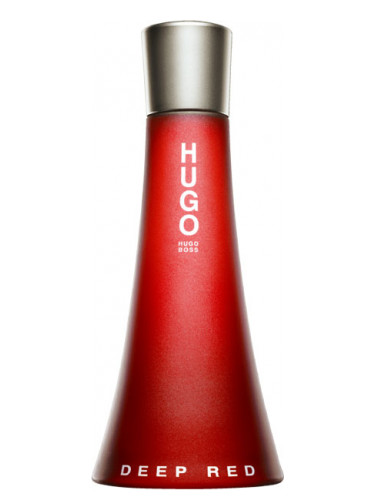The aroma of ink is as distinctive as its role in human history. Whether it’s the fresh, sharp scent of printer ink or the deep, musky smell of traditional ink used in calligraphy, each type has its unique olfactory signature. But what exactly does ink smell like? Let’s dive into this sensory journey.
In the world of printers and copiers, the smell of ink is often associated with a slightly chemical, metallic scent. This is particularly noticeable with freshly printed pages. The smell is a combination of the various solvents and pigments used in the ink’s formulation. Volatile organic compounds (VOCs) in the ink contribute to this distinctive aroma. For those who spend a lot of time around printers, this smell can be a subtle reminder of productivity and technology at work.
Traditional inks, such as those used in calligraphy and fountain pens, offer a more complex and nuanced aroma. These inks often contain natural ingredients like soot or iron salts, mixed with binders and solvents like gum arabic or alcohol. The result is a rich, sometimes earthy smell, reminiscent of historical manuscripts and ancient libraries. For many, this smell evokes a sense of nostalgia and a connection to the past.
The smell of ink can vary significantly based on its composition. For instance, soy-based inks, which are becoming increasingly popular for their environmental benefits, have a lighter, less intense smell compared to their petroleum-based counterparts. On the other hand, UV-curable inks used in industrial printing have a sharp, pungent odor due to the photoinitiators and monomers involved.
But why does the smell of ink matter? For one, it’s an integral part of the experience of writing or printing. The scent can enhance the tactile pleasure of writing with a fountain pen or leafing through a freshly printed book. In some cases, it can even trigger memories and emotions, much like any other significant aroma in our lives.
Moreover, the smell of ink has practical implications. In industrial settings, a strong or unusual odor can indicate a problem with the printing process, such as incorrect ink formulation or a malfunctioning printer. For individuals, sensitivity to the chemicals in certain inks can be a health concern, prompting a shift to less toxic alternatives.
In conclusion, the smell of ink is more than just a byproduct of its use; it’s a sensory experience that connects us to different aspects of writing and printing. From the nostalgia-inducing aroma of traditional inks to the sharp scent of modern printer inks, each type offers a distinct olfactory journey, enriching our interaction with the written word.













